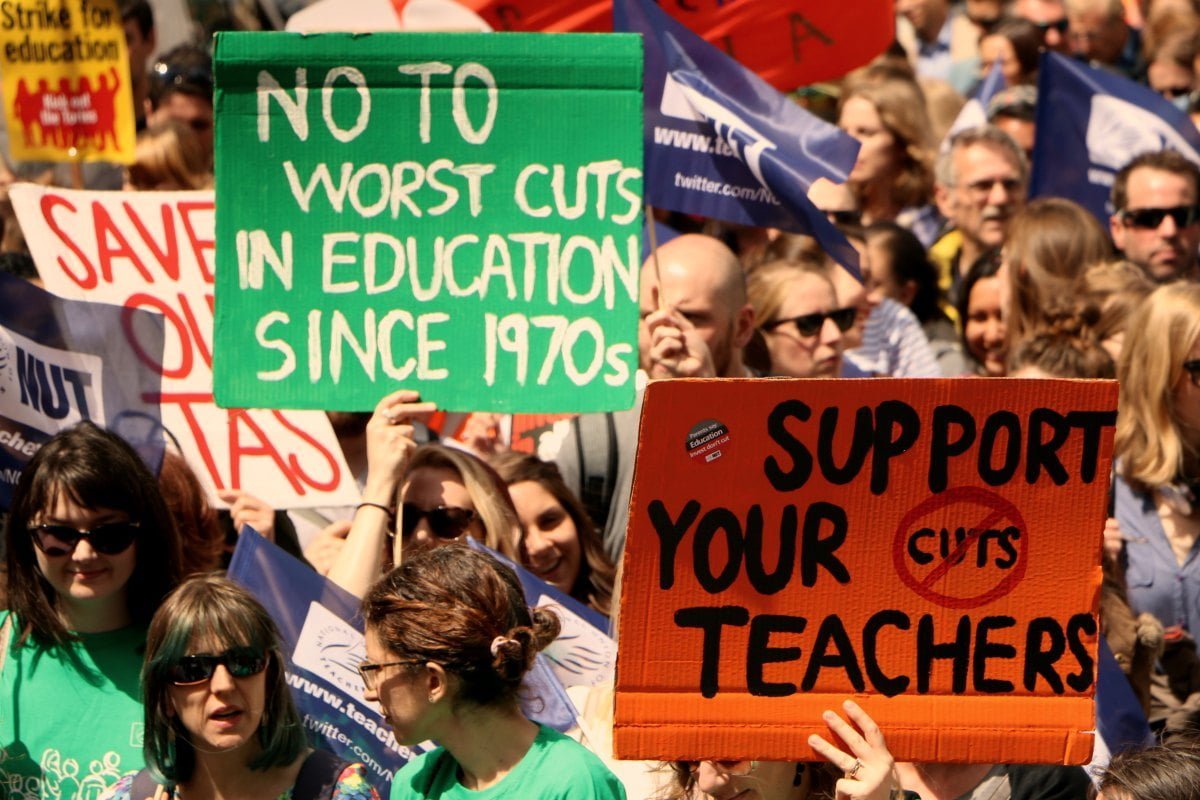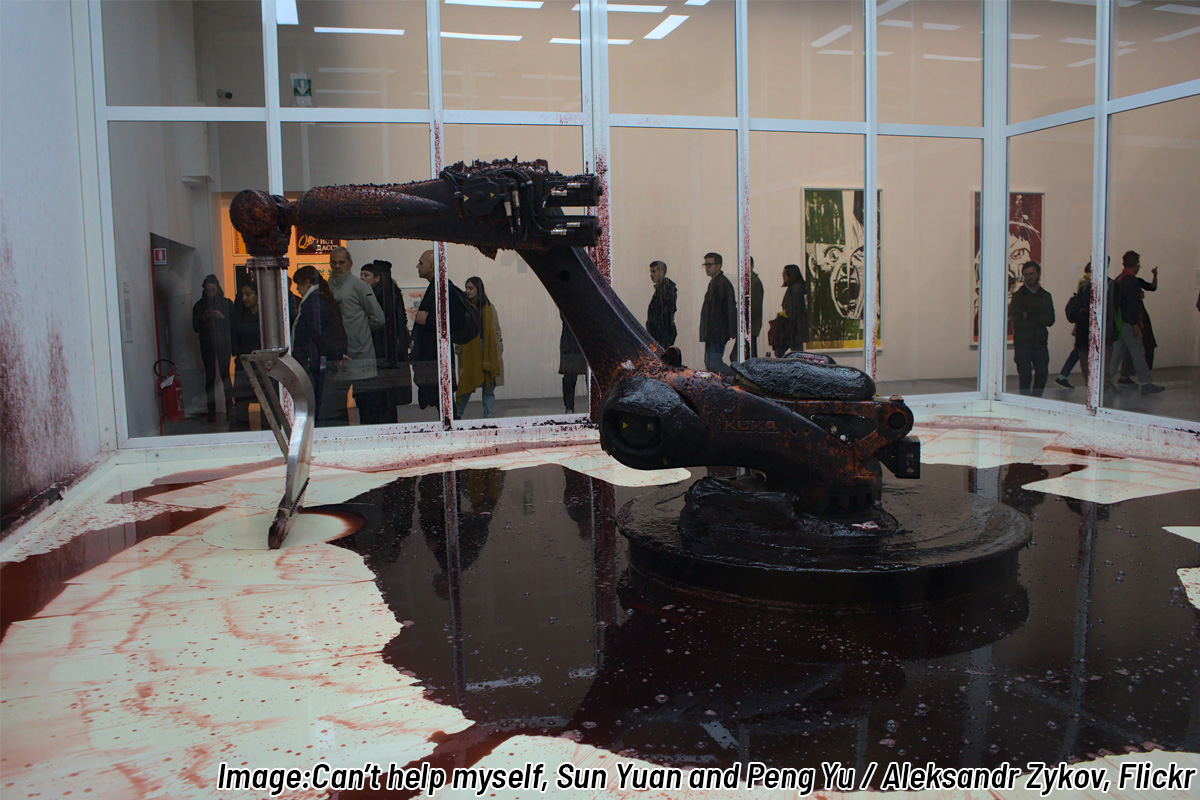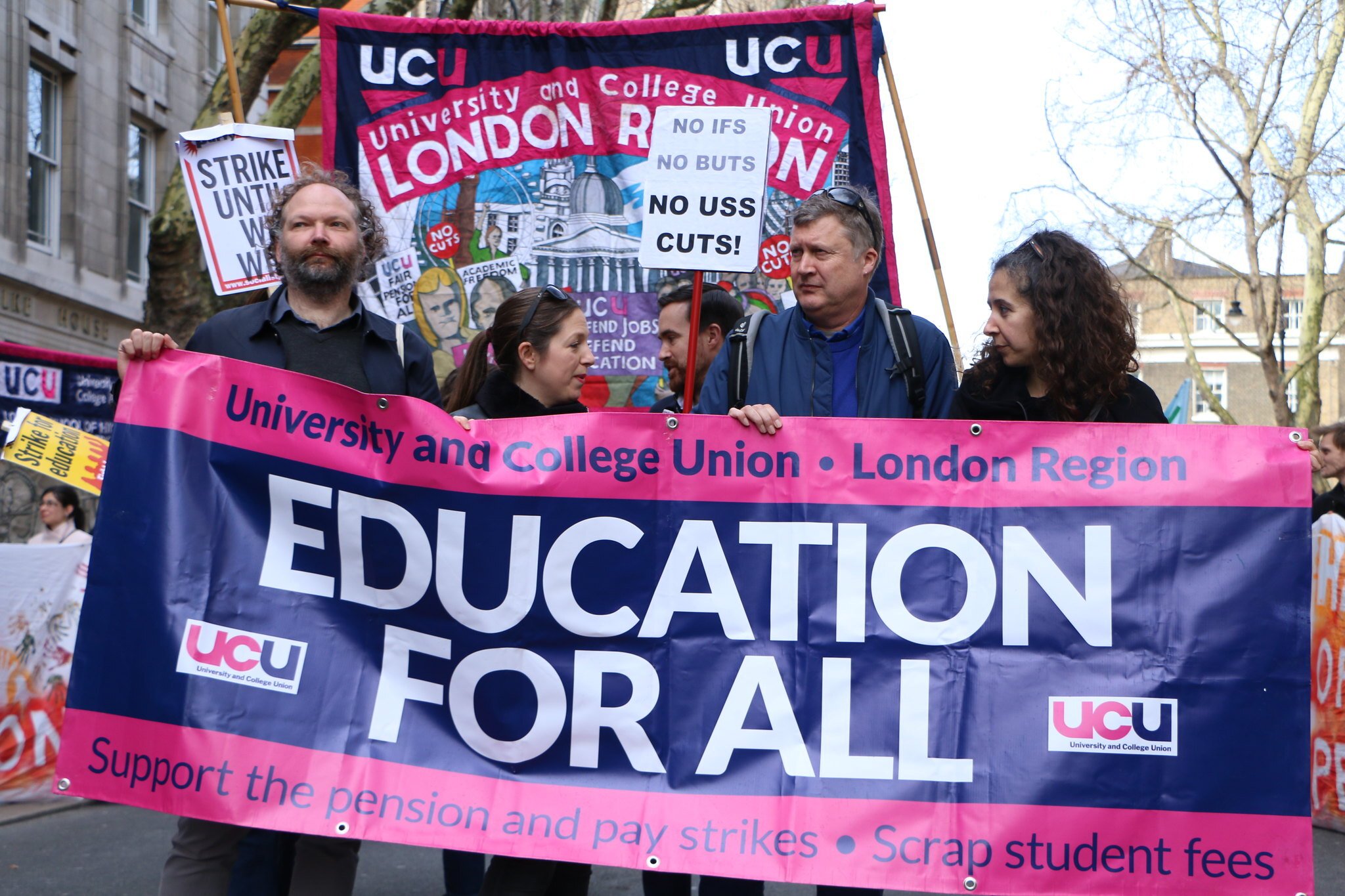Around 300,000 teachers – organised in the National Education Union (NEU) – are set to strike across 23,400 schools for multiple days in February and March, fighting for a fully-funded, above-inflation pay rise.
Amongst NEU members in England, 90.4% voted Yes, on a turnout of 53.3%. Similar numbers were achieved in Wales.
While the struggle is formally about pay, conditions for teachers and students have also sharply declined. A decade of Tory cuts to local services, falling real wages, the lingering impact of COVID, and diminishing school budgets have all led to an acute staff retention crisis.
According to one recent report, two in three teachers have considered leaving the profession in the past year. 75% report that they are stressed, with half regularly experiencing insomnia. And no wonder: the average teacher works 54 hours a week.
Stress, workload, poor recruitment, and high turnaround of staff are now in a self-fulfilling downward spiral, which feeds off systemic underfunding.
This has been further exacerbated by academisation, which has created a layer of fat-cat CEOs at the top, who do nothing but draw six-figure salaries.
Support workers
The Tories’ proposed austerity budget asks schools to either burn through their savings in order to pay staff and heat classrooms, or to start swinging the axe when it comes to jobs.
Almost half of all head teachers have reported that these plans will lead to staff cuts, including teaching assistants (TAs) and teachers, further degrading education.
When it comes to cuts, it is always the most vulnerable who are the first to suffer.
Over the past decade, TAs have seen their responsibilities go from setting up the classroom and providing small group support, to effectively acting as unqualified teachers.
Alongside teaching assistants, Learning Support Assistants (LSAs) – employed on the same poverty wages – have been used to fill the gaps left behind by cuts and closures of Special Educational Needs (SEN) provision.
LSAs teach children with intensive needs. Yet they receive extremely limited training, resources, or support. SEN students still in mainstream education, meanwhile, are often seen as little more than cash cows for unscrupulous profiteers.
TAs and LSAs are the poorest paid education workers. And due to shrinking school budgets, they will be the first to face the chop.
In the NEU’s recent ballot, support staff in England have organised alongside teachers to fight back against the government’s attacks on education and pay. 84.1% voted Yes to strike action, but unfortunately the ballot fell just short of the anti-union threshold, with a 46.5% turnout.
This result is partially due to the divisive antics of the right-wing Unison leaders and bureaucracy, who have been hindering attempts by the NEU to organise support staff on a firmer basis.
Education unions

The NEU has shown applaudable militancy, demonstrating that a political campaign aimed at raising workers’ sights succeeds.
By contrast, some leaders in NASUWT act like workers can be turned on and off like a tap. Consequently, after years of holding back members from taking action, when asked to strike on this occasion, only 42% turned out to vote in the union’s ballot .
The NEU, meanwhile, has energised huge layers of the membership – mobilising activists by linking the strike ballot and pay campaign to the burning need for a wider transformation of education.
By raising the sights of teachers in this way, the NEU has succeeded in smashing through the Tories’ anti-union barriers.
The NASUWT must take these lessons on board, if it is to successfully reballot and bring even more education workers onto the frontlines of Britain’s growing strike wave.
Coordinated action

The NEU has announced a number of strike days over the next couple of months. But the ‘day of action’ on 1 February will be of particular importance.
Hundreds of thousands of teachers will be coordinating action with PCS, who are mobilising 100,000 of their members in the civil service in protest against the Tories’ proposed anti-strike laws, and to continue their struggle over pay, jobs, and conditions.
They will be joined by 70,000 UCU members in higher education, and train drivers organised in the RMT and ASLEF, making this the most significant united strike action for over a decade, since the 2011 public sector pensions dispute.
This joint action will give a major impetus not just to the education unions and other workers in the public sector, but to the entire labour movement.
Education workers in Ontario, Canada, recently faced a similar situation, with the right-wing government attempting to ban their strike over pay. In the end, only the threat of a province-wide general strike was enough to force the ruling class to retreat. TUC leaders – take note!
Where next?

Across the board – from nurses and ambulance drivers in the NHS, through to teachers and lecturers in education – workers have indicated that they are ready to fight. And unions such as NEU, PCS, and RMT have shown the way forward, taking steps to coordinate action.
Unfortunately, however, it often feels that the TUC are not leading from the front, but running to catch-up and hold back workers.
Instead of organising a mass campaign of coordinated strikes and protests, the TUC leaders have made vague announcements about a ‘day of action’, which the left-led unions have then correctly filled with their own militant content.
And rather than calling for the trade union movement to break the Tories’ anti-union shackles, by defying their repressive laws, the TUC is attempting to plead with the government for a negotiated truce and compromise.
This is no time for hesitation or timidity. All these struggles need to be united into a mass movement capable of kicking the Tories out.
Workers should rely on their own strength. Cross-union committees of action must be formed at a rank-and-file level, bringing together activists in every workplace to coordinate strikes locally, in order to have the maximum impact.
This should be linked to building for a public-sector-wide strike, as part of a mass campaign of rolling action across the trade unions.
The aim must be to bring down this tottering Tory government; end the attacks on education and other public services; and sweep away the whole capitalist system that lies at the root of austerity and inflation.
We demand:
- A fully-funded pay rise, linked to inflation with a sliding (rising) scale of wages!
- A mass recruitment drive, led by the unions, to massively increase staffing levels and reduce workloads for all teachers!
- Kick the bosses and corporations out of education! Staff, not businesses, should run our schools!
- Coordinate strike action through cross-union rank-and-file committees! Join up the strikes from top to bottom!
- Fund education through expropriation! Make the billionaires and bankers pay for this crisis!





